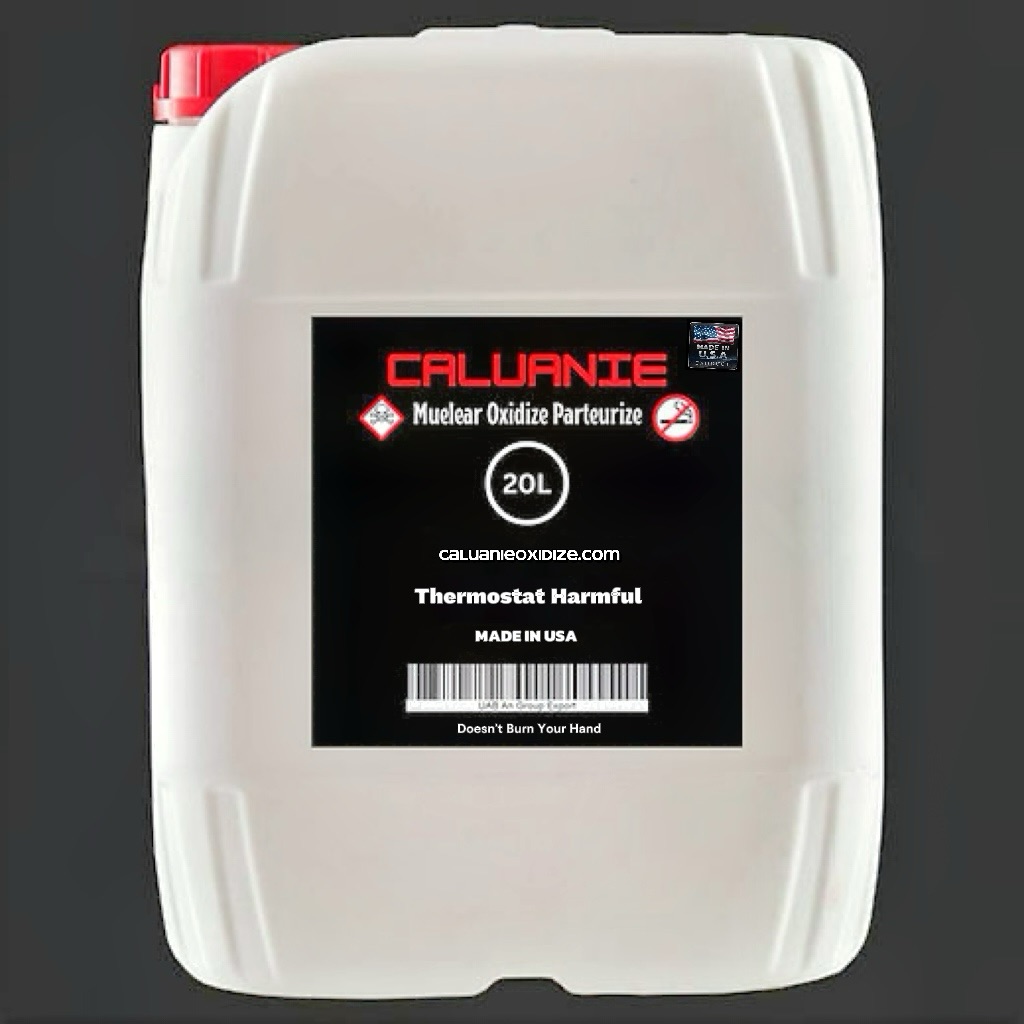Calaunie Muelear Oxidize Chemicals
Understanding Caluanie Muelear Oxidize: Uses And Specifications
Chemical Composition of Caluanie Muelear Oxidize – Caluanie Muelear Oxidize is a highly specialized chemical compound gaining traction across various industrial applications. Known for its versatile properties, this compound is primarily used in metallurgy, particularly for crushing metals and enhancing material malleability. It facilitates the processing of tough materials, making it a crucial asset in industries that require precision and efficiency. Beyond metallurgy, Caluanie is used in research and development, as well as chemical manufacturing processes, thanks to its ability to modify the properties of diverse substances. Its growing demand highlights the importance of understanding its unique properties and applications.
Uses of Caluanie Muelear Oxidize
Understanding Caluanie Muelear Oxidize: Uses Composition and Specifications – The primary application of Caluanie Muelear Oxidize lies in the metallurgical industry, where it is employed for breaking down and refining heavy metals. By softening metals, it enables easier shaping and processing, a feature that has revolutionized manufacturing practices. Additionally, this chemical has uses in the production of certain paints, where its interaction with specific substances creates superior quality finishes. Research laboratories also leverage Caluanie for its transformative chemical properties, employing it to synthesize new compounds or refine existing ones. Despite its industrial utility, Caluanie is a potent substance and must be handled with the utmost care and precision to avoid hazards.
Chemical Composition of Caluanie Muelear Oxidize
The chemical makeup of Caluanie Muelear Oxidize is the key to its efficacy. It is a viscous liquid containing specific oxidizing agents that enhance its ability to alter the structural properties of metals and other materials. While the exact formulation is proprietary to manufacturers, it typically includes water-based solvents and stabilizers that amplify its strength and stability. This combination ensures that Caluanie is not only effective in its applications but also has a relatively long shelf life when stored properly. Its oxidizing properties allow it to serve as a catalyst in chemical reactions, further broadening its utility in specialized industries.
Specifications of Caluanie Muelear Oxidize
Understanding Caluanie Muelear Oxidize: Uses Composition and Specifications – Caluanie Muelear Oxidize is typically supplied as a high-viscosity liquid, with specific gravity and chemical stability parameters that meet industrial-grade standards. The compound is highly resistant to environmental degradation, maintaining its effectiveness even under extreme conditions. It is commonly packaged in durable containers to prevent leakage or contamination during transport and storage. The specifications often highlight its oxidizing power and the range of temperatures at which it remains stable, ensuring reliability for users across diverse industries. Manufacturers provide detailed technical sheets to guide safe usage, storage, and disposal practices.
Safety Considerations in Handling Caluanie Muelear Oxidize
Given its potent chemical properties, handling Caluanie requires stringent safety protocols. Direct contact with the substance can pose health risks, necessitating the use of protective gear such as gloves, masks, and safety goggles. Its storage should be in a well-ventilated area, away from flammable materials or direct sunlight. Industries using Caluanie must train their personnel on proper handling techniques and emergency measures in case of accidental exposure. By adhering to these precautions, the compound’s risks can be minimized, ensuring its benefits outweigh potential hazards.
The Growing Role of Caluanie Muelear Oxidize
As industries continue to innovate, the demand for specialized chemicals like Caluanie Muelear Oxidize is expected to grow. Its versatility and reliability have made it a go-to solution for tough industrial challenges. From metallurgical applications to facilitating chemical research, Caluanie offers unmatched utility. However, its use comes with the responsibility of careful handling and adherence to safety standards. By understanding its composition, specifications, and applications, industries can harness its potential while ensuring the well-being of their workforce and the environment.


